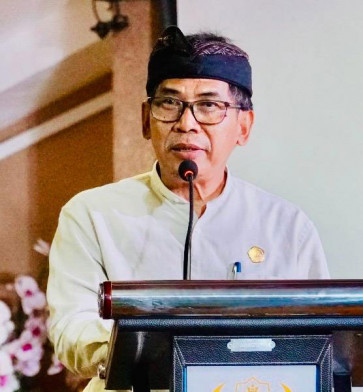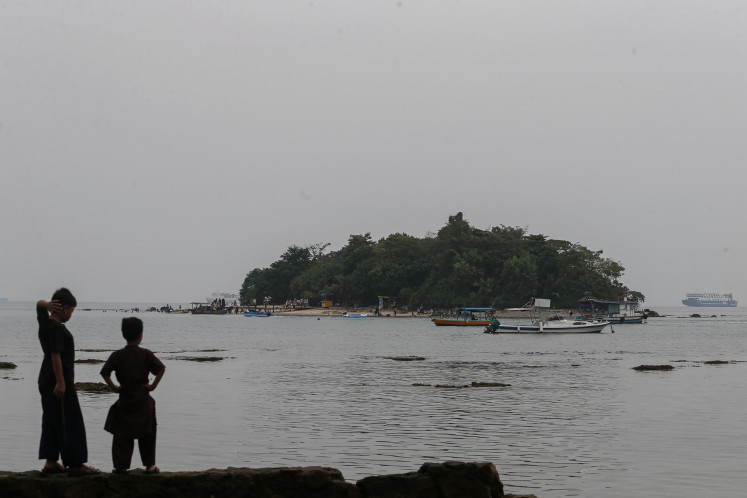Popular Reads
Top Results
Can't find what you're looking for?
View all search resultsPopular Reads
Top Results
Can't find what you're looking for?
View all search resultsA not-so-quiet culinary revolution in Mollo
Change text size
Gift Premium Articles
to Anyone
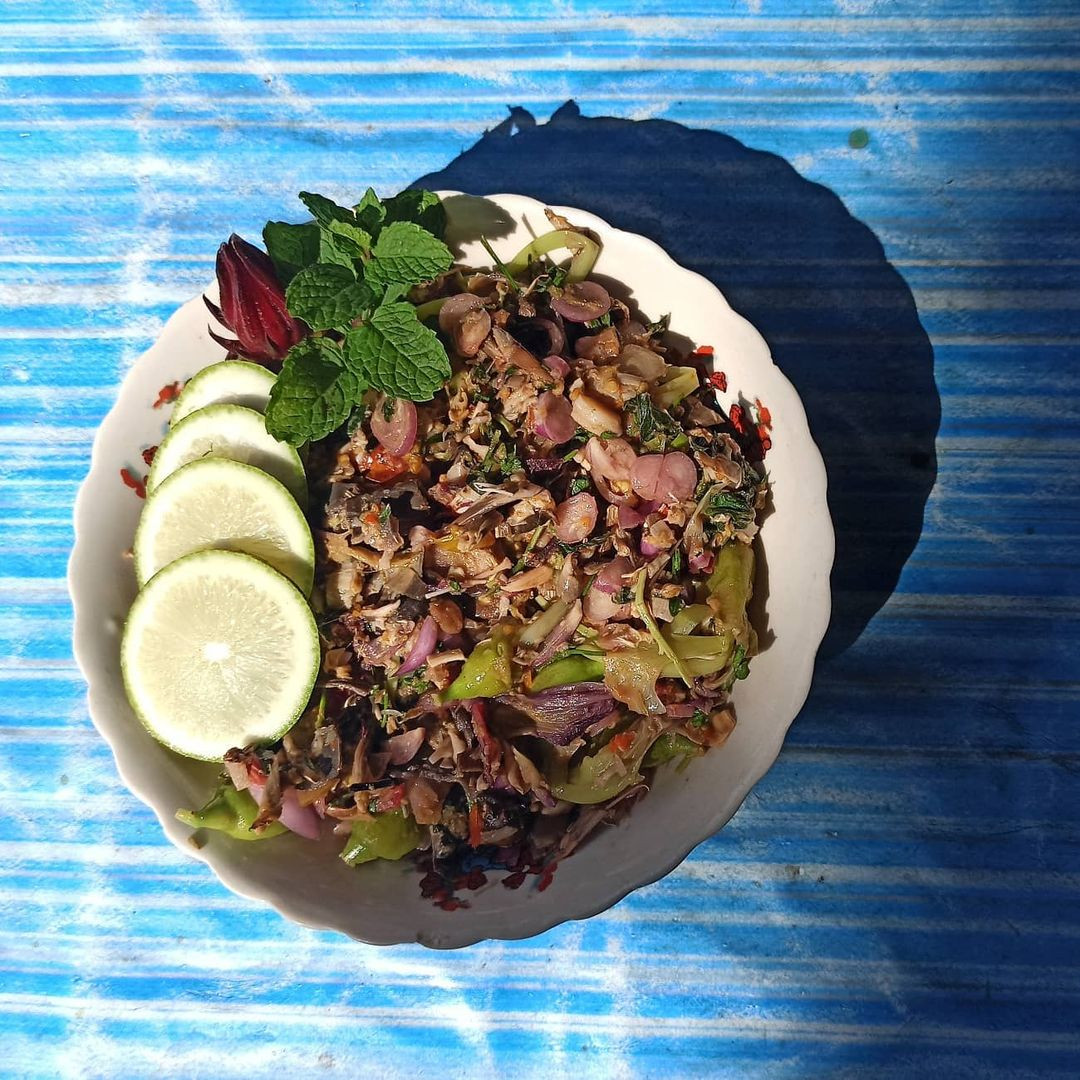
W
hat happens when an award-winning writer strikes up an unlikely friendship with a rural housewife? They spearhead one of the country’s most exciting gastronomical movements, of course.
Somewhere in Taiftob, a village in the mountains of Mollo, near the country’s border with East Timor, stands a wooden structure surrounded by sorghum fields. It is small, deceptively simple and unfinished. Inspired by uem bubu, the traditional Timorese house, the unassuming structure belies its founders’ grand ambitions.
“We want this to be a space for people interested in finding out what’s possible for our culinary heritage,” said Dicky Senda, founder of community organization Lakoat Kujawas. “It’s a haven for experimentation.”
He takes us to an enticing view of the future. By January 2022, the structure will house a food lab open to the community and experts alike. Crops, pulses and tubers that have long disappeared from Timorese plates will be stored, planted and cooked there. Young people will learn the techniques of old, and transform these forgotten ingredients into innovative new products.
Meanwhile, busy residency programs will pave the way for chefs, culinary researchers and authors to collaborate with the community in a series of creative programs. Housewives and kids will take turns to tell stories about their own culinary heritage, affirming and preserving a sense of common culture.
It is not simply empowerment or culinary nostalgia. It is a conscious movement to regain what is lost.
Rediscovering heritage
In the beginning was a long personal journey, marked by unexpected friendships. Dicky Senda had left Mollo to pursue a career in literature, returning home as an acclaimed writer. On a trip in 2016 to research his next book, however, he found worrying signs.
Human trafficking was rampant and younger generations were leaving the island in droves. “Our education system taught us more about the outside world than our land,” he said. “We lost ancestral knowledge that was more contextual to us. Our ancestors knew we lived on an arid island, so they learned to preserve food and manage crops.”
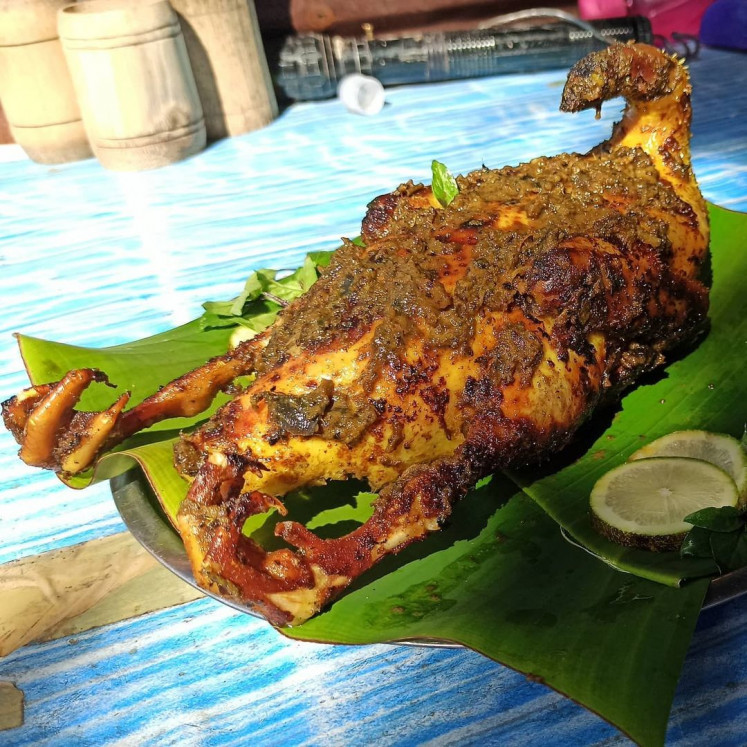
Lose that knowledge and Timor simply becomes an inhospitable place with little development prospects. “Younger generations don’t know how to adapt to our own land anymore,” Dicky said, ruefully. Small wonder, then, that leaving and forgetting seemed the only sensible option.
Lakoat Kujawas was formed and set to work researching local wisdom and gradually archiving pearls of ancestral heritage. On their small compound in Taiftob, they hosted creative writing classes and pop-up schools, and the community center quickly became popular with kids and parents alike.
Among them was Linda Nau, aka Mama Fun, a 39-year-old housewife who was impressed with her eldest son’s newfound confidence since he attended Lakoat Kujawas’ creative writing classes. “I came over with other parents and asked to join the community,” she said. “We talked about it, and thought, ‘Why not find out more about local food?’”
An unlikely friendship blossomed soon after, compounded by Nau’s unique cultural identity. She was a Cina Mollo, a descendant of Chinese merchants who came to Timor hundreds of years ago to trade sandalwood and never left. “They married landlords and into prominent families, and gradually inherited ancestral lands,” Dicky said. “They left a strong cultural mark in Timorese life, especially in Mollo.”
And especially in Mollo’s culinary heritage. Set in the Timorese highlands, Mollo’s fertile soil and relatively more temperate climate distinguishes it from the dry lowlands that dominate the island. Compared to the bread baskets of China, Mollo remains harsh and austere. But there are enough crops and edible plants to work with, and the Chinese newcomers adapted their techniques to this palette of ingredients.
“Timorese cuisine doesn’t use a lot of spices,” said Mama Fun. “But Cina Mollo cuisine makes use of spices.”
Unusual ingredients common to Chinese cooking also made their way in. Preserved bamboo shoots -- not normally a staple in the Timorese diet -- are incorporated into varieties of sambal lu’at, a spicy fermented relish common in Timorese cuisine. Some dishes pushed the envelope further. Kiunyiuk, a braised pork dish, bewilderingly features sea cucumbers despite Mollo being nowhere near the sea. A fermented vegetable relish, sayur hitam, makes use of local kale and is wildly popular among the Cina Mollo.
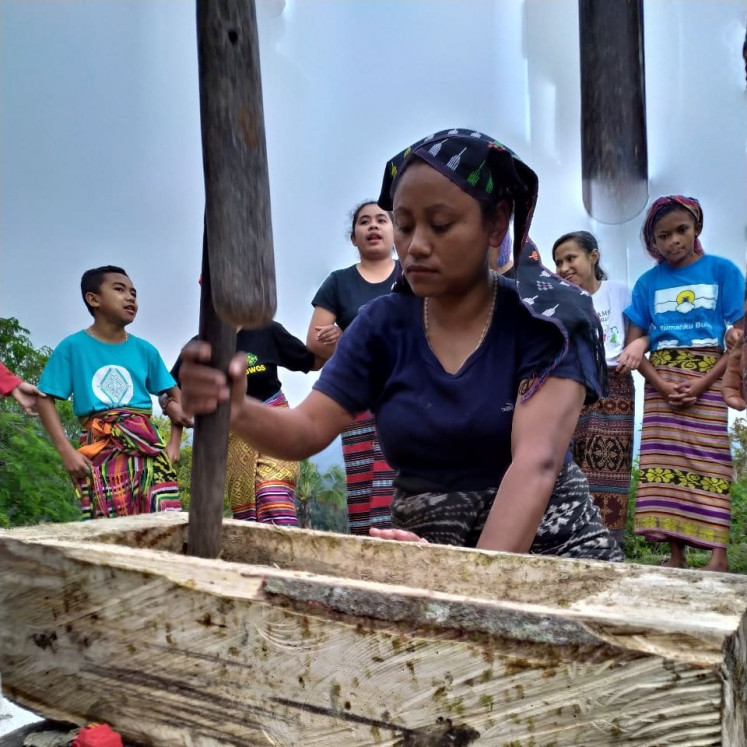
Like the native Timorese, though, the Cina Mollo had to resort to survival techniques -- preserving, fermenting and drying foods, methods that ensured food stocks remained edible for months, even years. “Before there were meat markets, you had to slaughter your pig or cow and make sure the meat lasted for a long time,” Mama Fun said. “You ate some of the meat after the slaughter. The rest you preserved.”
The Timorese slaughtered cows and smoked the meat, resulting in the nationally popular dish se’i. Meanwhile, the Cina Mollo slaughtered pigs and fried the meat, filling their larder with stocks of babi makao. The cuisines intermingled and influenced each other, creating a unique culinary heritage that reflects the locality.
War on a plate
Dicky and Mama Fun found that in Mollo, food sparked compelling questions about heritage and identity. “In our creative writing classes, we started asking people to tell stories about the food they missed from their childhood,” Dicky said. “Since we had people from different ages in our class, we got diverse replies. That led to other questions: Why does no one eat these foods anymore? Why can’t we cook these things anymore? We began interviewing our elders and researching our culinary history.”
These questions led to uncomfortable answers. “The ingredients weren’t widely accessible anymore, but that was because there was a break in narrative from our parents’ generation,” Mama Fun said. “Our generation no longer knows what’s edible from around them. Mollo can survive on its own and feed its own people. But we go to the woodlands and all we see are leaves.”
Mama Fun tells the story of kotlaso, a local bean that has been a staple of the Timorese diet for centuries (boiled, then served with honey or salt) despite being poisonous if not handled correctly. “Our parents stopped cooking it, so our generation just saw it as a poisonous bean,” Mama Fun said. “We didn’t know that it was edible, let alone know how to prepare it into a delicious dish.”
The changing political landscape also erased centuries-old traditions. “In Timor, food is not just about eating and making things taste good. It’s a reflection of our relationship to nature,” Dicky said. “Ancestral lands and forests are officially designated as natural reservations, industrial forests or even mined now. This means our people can no longer access the source of our ingredients and our culinary traditions.”
Centrally imposed perspectives on prosperity and development also hampered them. “The government decided that we were only developed if we regularly ate rice. If we “only” ate corn and tubers, we were considered poor,” Mama Fun sighed. “This is a mountainous region. There’s no space for rice fields. Rice won’t even grow here. Do we have to beg for rice so we’re considered prosperous?”
Uem baba, the traditional Timorese house, also fell victim to development. “Uem baba was bespoke for our climate. There’s a hearth that’s constantly burning, and the smoke preserves seeds, crops and meat,” Dicky explained. “But according to government standards, brick and mortar houses were safe, our traditional houses were dirty. So instead of growing our own food and keeping it safe in our house, we have to buy food in the shops.”

“As arid as our lands are, God has graced us with diverse crops and cultural knowledge on preserving and keeping foods,” Dicky continued. “But then that knowledge disappears, local seeds are replaced by GMOs, rice becomes the staple food, our traditional houses turn to brick and mortar houses, and we no longer have access to our forests. It leads to stunting and malnutrition, but that is a consequence of systematic inequality,”
Deprived from their food sources and distanced from the culinary knowledge that has preserved their ancestors, Timor became reliant on aid and is constantly painted as a grim backwater. “When you take people away from their food sources and just give them aid, they don’t think they have to tend to crops. They just sit around and get food,” Dicky concluded. “What happens when the aid stops?”
Being self-sustainable
Thankfully, Dicky and Mama Fun chose not to dwell on the bleak possibilities. For them, archiving and preserving Mollo’s culinary traditions isn’t simply an exercise in nostalgia. It’s a way of recalling the value of self-sustenance, sustainability and co-existence with nature.
After two years of research and interviews, Mama Fun has gathered 68 recipes from elders and families all around Mollo. A cookbook containing these recipes and the stories behind these dishes are on the way. Many of them are variations on preserved meat and vegetables, but she marvels at the impressive array of baked goods and desserts. Among them is alok, a coconut-based cake from her childhood.
She is proudest, though, when younger generations manage to reinterpret old ingredients. “Our parents only know to boil kotlaso beans,” she said. “But we’re experimenting turning them into cookies, pastry fillings and cakes. People are excited about kotlaso again now. I’m even seeing some shops selling kotlaso in the markets again.”
Lakoat Kujawas’ food lab is also taking shape. Built in collaboration with local architects and funded entirely by public donations, Dicky hopes the changes initiated in Taiftob can inspire others in Timor. “We hope food labs like this pop up in other villages,” he concluded. “We face difficult issues. But the answer already lies in our culture, tradition and history.”


